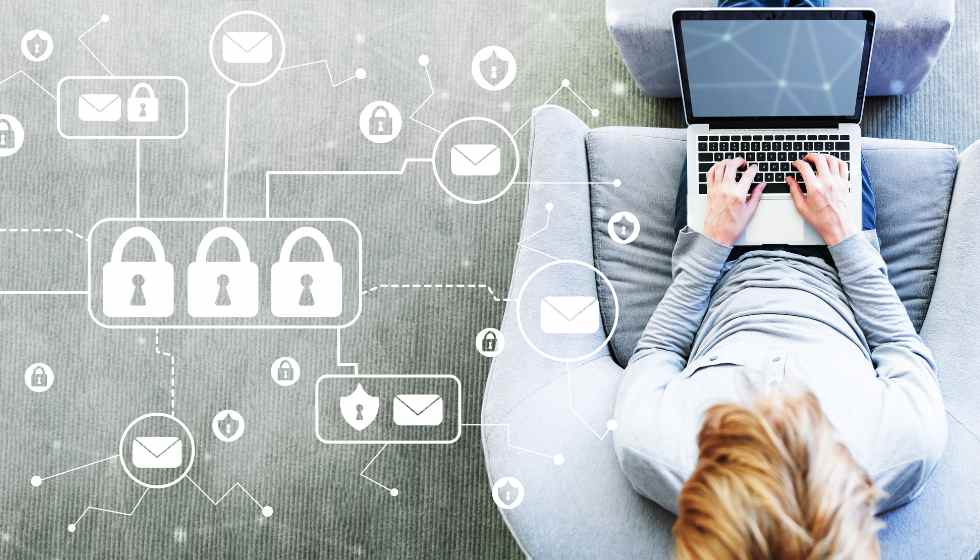Electronic mail or email in the professional field was a before and after for companies, facilitating and streamlining communications between the organization’s members and concerning external collaborators, such as customers and suppliers.
It became popular, especially at the beginning of the century, thanks to the spread of the Internet.
Today it is one of the most widely used communication tools in organizations, incorporating more features and functions. For this reason, email has become one of the preferred targets for cybercriminals, with attacks using this medium growing year after year.
In this line, as part of a general digitization process, organizations have been incorporating different technical defence methods to improve their cybersecurity: antivirus, firewalls, vulnerability analysis. However, more than all the effort invested may be needed if several best practices for email security are applied.
In this article, we will explain the risks associated with this messaging tool and what measures to take to make it a safe environment.
What security measures can I adopt?
Although there are different types of actions, none can guarantee complete protection, so applying all that is possible is convenient. As an advantage, its adoption is relatively easy. It will help us prevent our account from being compromised, our identity from being phished, or our company from being the victim of phishing or other cyber threats.
Although establishing strong passwords is essential to protect access to our email accounts or other services, the ability of cybercriminals to crack them requires new security measures. For this, it is advisable to implement multiple-factor authentication, which consists of verifying the user’s identity, at least in two different ways, to access their account safely.
Cybersquatting is an impersonation strategy that involves buying domains similar to those of the original company for unlawful purposes. We can prevent this type of attack by registering variations of our domain name, for example, removing, substituting or adding a letter concerning the one we will use.
On the other hand, if our domain name expires, a third party could take the opportunity to buy it and thus impersonate the identity of our company before clients and other collaborators. To prevent this, we can renew the domain name before it expires, even when we no longer use it.
Another common type of attack is email spoofing, based on falsifying the sender’s address to impersonate a person’s identity. Faced with this scenario, we can configure different email authentication measures so that messages sent with our domain name by third parties are considered spam or that the reception of illegitimate messages is limited.
As in the previous case, by configuring it, we would protect not only our company but also our clients and collaborators, thus preventing our image from being compromised.
In this sense, our data is also an important aspect to consider since a cybercriminal could use the information we have published on social networks or other media to give greater credibility to a phishing campaign.
For this reason, and as a general rule, limiting the information we publish about ourselves, especially our work and personal email addresses, is advisable.
Culture in cybersecurity: the best defence measure
In one way or another, the use of technologies can put the security of our information systems at risk. For this reason, it is essential to promote a culture of cybersecurity among the members of our organization, both to comply with the established security measures and to identify the threats to which we are exposed when using email, especially in the case of messages that contain:
References to payments or changes in bank details, such as when requesting urgent payments. Having procedures for this type of management can help us avoid serious incidents.
Attachments or links when we do not know the sender. In this case, it is imperative to confirm the message’s legitimacy before opening any files or links.
In short, email has become one of the preferred methods for cybercriminals to perpetrate their attacks since it is relatively simple to prepare and allows them to access many users, both companies and individuals.
Faced with these threats. We have at our disposal different easy-to-apply measures that will allow us to guarantee a higher level of security for our organization. In addition, they will help us prevent our identity or that of our company from being supplanted, thus compromising your trust with your different collaborators.
